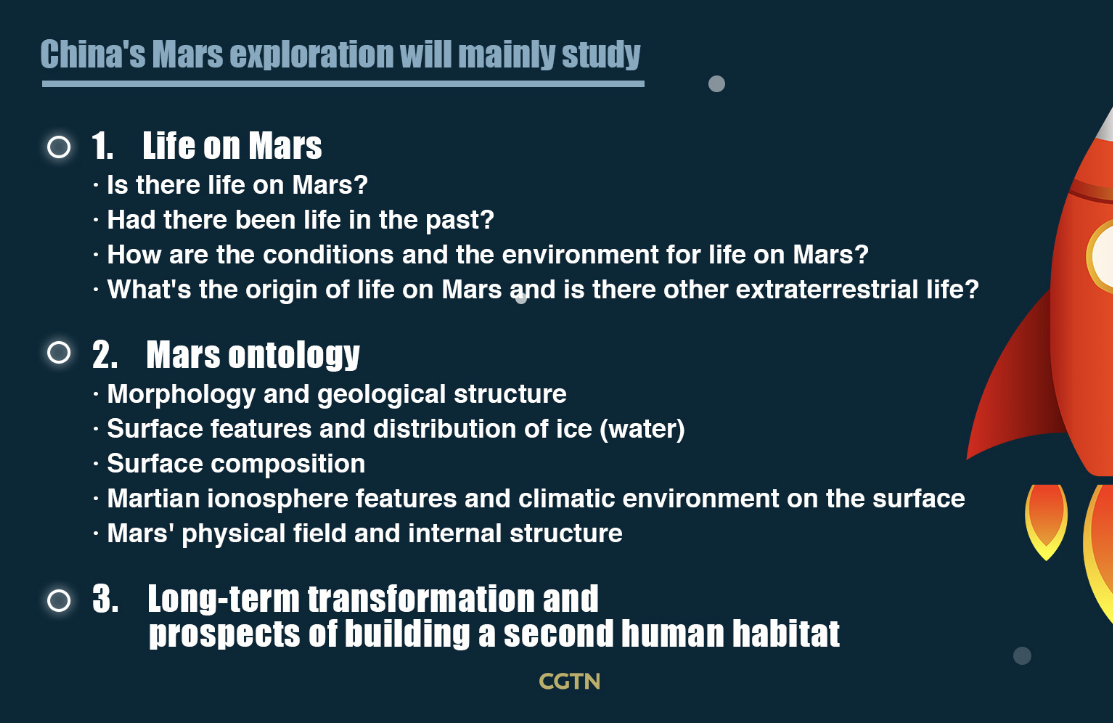
(Photo: VCG)
Scientists and engineers in Beijing have completed the first wireless communication and connection test of a Mars project on Tuesday, setting the path for the journey to the red planet this year.
The test verified the signal transmission and interfaces compatibility between the ground system and Mars probes, as well as other related hardware and software, according to Beijing Aerospace Control Center.
Just a couple of months ago, the lander successfully underwent a hovering-and-obstacle avoidance test at a sprawling site, a place simulating the uneven terrain on Mars in Hebei Province, proving its capability to navigate on the descent to the planet's surface.
If all goes smoothly, China's Mars mission will be performed by the end of the year. The country's strongest carrier rocket, the Long March-5 will send the probe into the geosynchronous orbit. "The journey through space will take about seven months, while landing will take seven minutes," said Zhang Rongqiao, chief architect of the Mars exploration program.
The mission will examine the red planet's atmosphere, landscape, geological and magnetic characteristics, which could provide clues to the origin and evolution of Mars and the solar system, Ye Jianpei, chief scientist of Space Science and Deep-space Exploration with the Chinese Space Technology Academy explained.

(Photo: CGTN)
Why 2020?
2020 is set to be a big year for Mars exploration. Countries around the world are racing to carry out their launching plans. NASA's Mars 2020 rover was just assigned an official name by a seventh grade boy: 'Perseverance,' ready to join the current family of probes operating on Mars.
So why is everyone launching in 2020? Scientists explained that because everyone wants to make it most cost-effective.
Therefore they need to perform the mission at the prime launch windows, when the red planet is particularly close to Earth so that the probe can travel the shortest distance with the lowest fuel consumption.
2020 just happened to be the perfect timing to line up with countries' development timelines.


